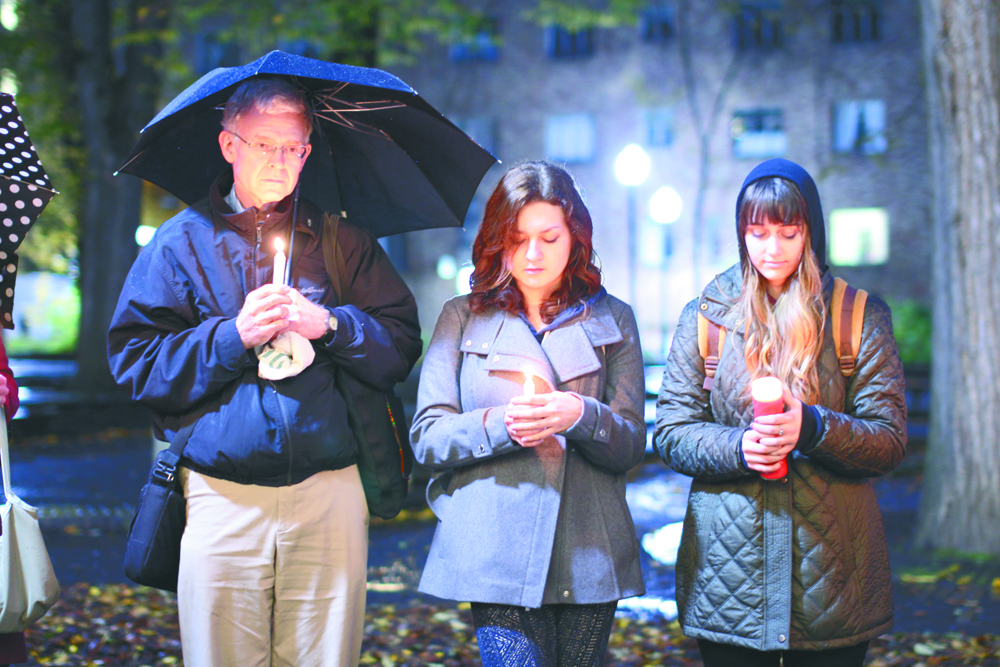Do you look at your bill each term? Or are you, like many students, averting your eyes from the balance sheet until you graduate and are forced to pay back the thousands of dollars you owe the federal government?
Your fee dollars at work
Do you look at your bill each term? Or are you, like many students, averting your eyes from the balance sheet until you graduate and are forced to pay back the thousands of dollars you owe the federal government?
Let’s take a quick peek at where some of your money is going.
For the 2011–12 school year, full-time students pay $536 per term in student fees. Each term, $220 goes to the Student Fee Committee, where it is disbursed to over 160 different campus organizations that serve the student community. The list of organizations is diverse, ranging from the medieval combat club to the debate team to the Student Activities and Leadership Program.
According to Mart Stewart-Smith, chair of the Student Fee Committee, “ideally all of [the money] goes to support student activities.” When approving a particular group’s budget, Stewart-Smith said, “The big question the SFC asks is: Will this be something students use, and will this make life better for students on campus?”
The three organizations responsible for student groups are the SFC, the Organizational Budget Council (OBC), and the Rec Clubs Council (RCC). The SFC is responsible for allocating student fee revenue to all of the larger student organizations, such as the Women’s Resource Center and Smith Memorial Student Union. Additionally, the SFC oversees the budget allocations for the OBC and the RCC. The majority of the leadership positions for each of these groups is filled by election.
The SFC accepts budget requests between Oct. 15 and Nov. 13 for the following year.
Until last year, many of the clubs at Portland State submitted their budget requests directly to the SFC. According to Sean Green, the SFC liason to the OBC, approximately 40 of the clubs that formerly applied for budget approval through the SFC now go through the OBC.
Stewart-Smith said the transition was part of an effort to clearly differentiate the groups reporting to each oversight committee: clubs now report to the OBC, recreational clubs now report to the RCC, and large departments and resource centers now report to the SFC. Both the RCC and the OBC request budgetary approval for their respective groups from the larger SFC.
Green explained that this was meant to streamline a process that had become rather cumbersome. Previously, the SFC was considering budgets that were vastly different, from large athletics organizations to small student clubs. According to Dean of Student Life Michele Toppe, “The disparity made analysis funky and a little uneven.”



